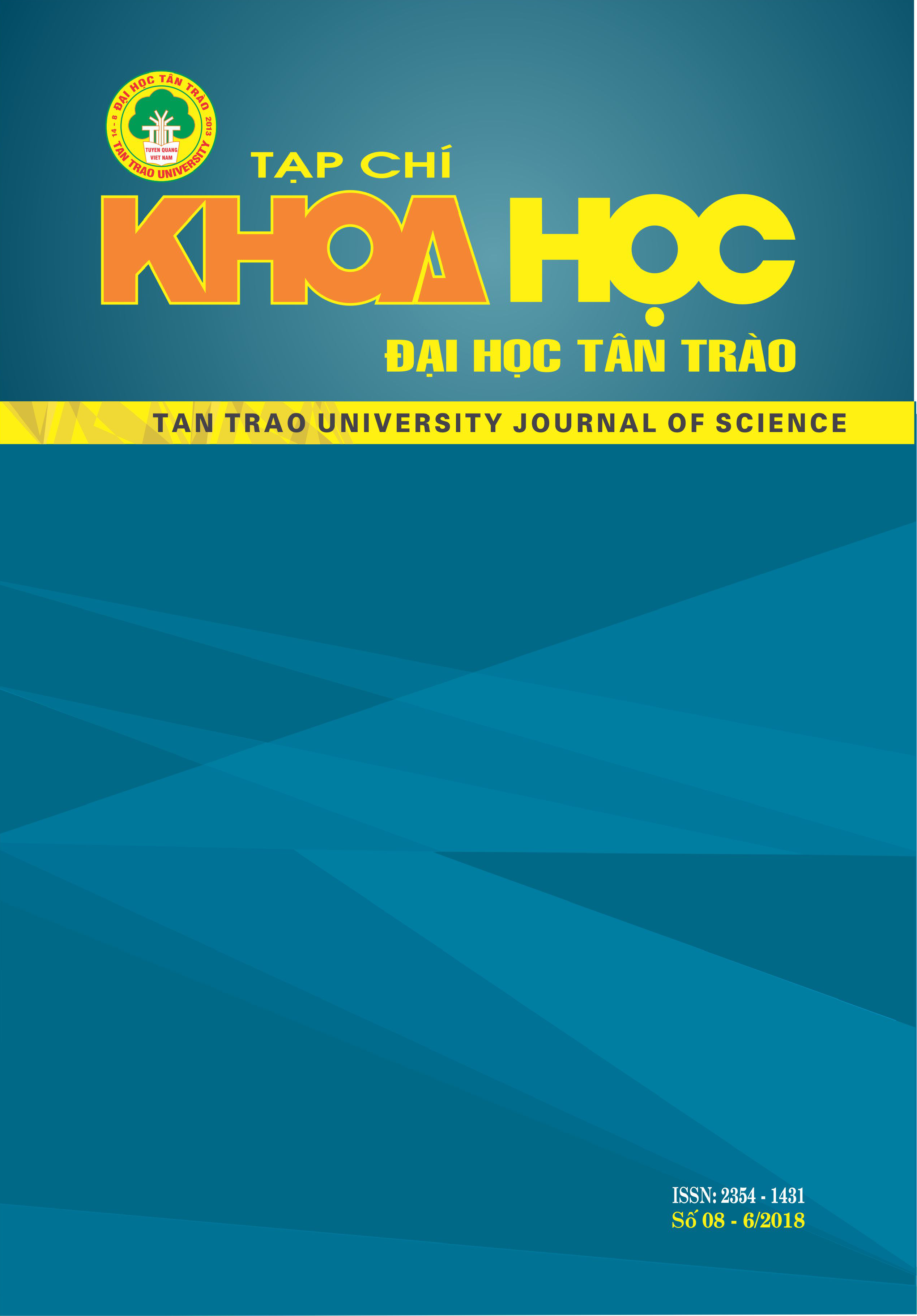Singapore’s language policies
DOI:
https://doi.org/10.51453/2354-1431/2018/247Keywords:
Singapore, language policies, solutions.Abstract
Singapore is a multi-lingual country, thus the language policy attachs to its government plans. Currently, the Singapore government maintains linguistic diversity, affecting the use of languages and corresponding their functions in the communities that speak those languages through the education system. The paper attentively introduces, overviews Singapore’s language policy and clarifies 03 issues: (1). Singapore linguistic diversity and policy toward languages; (2). Principle issues about Singapore's language policies; (3). Issues raised during the implementation of Singapore's policies and solutions
Downloads
References
1. Census of Population 2010 Statistical Release 1: Demographic Characteristics, Education, Language and Religion (PDF). Department of Statistics, Ministry of Trade & Industry, Republic of Singapore. January 2011. ISBN 978-981-08-7808-5. Archived from the original (PDF) on 3 March 2011. Retrieved 28 August 2011.17;
2. Clammer, John (1998), Race and State in Independent Singapore 1965-1990, Aldershot, England ; Brookfield, Vt. : Ashgate, c1998;
3. Deterding, David (1998) 'Approaches to Diglossia in the Classroom: The Middle Way. REACT, 2, 18-23.' (on-line version), http://www.mda.gov.sg/wms.file/mobj/mobj.612.fta_tv_prog_code.pdf
4. General Household Survey 2015, https://www.statssa.gov.za/publications/P0318/P03182015.pdf, truy cập 09 June 2018;
5. Goh, K. S. et al. (1979), Report on the Ministry of Education 1978. Singapore: Ministry of Education;
6. Kaplan B., Robert, and Richard B. Baldauf Jr (1997), Language Planning from Practice to Theory.Clevedon: Multilingual Matters ltd;
7. Foley, Joseph (2001) "Is English a first or second language in Singapore?", in Vincent B. Y. Ooi (ed.), Evolving Identities: The English Language in Singapore and Malaysia, Singapore: Times Academic Press, pp. 12-32;
8. Leimgruber, Jakob, From Post-Creole Continuum to Diglossia: The Case of Singapore English (PDF), University of Oxford;
9. Lim, L., A. Pakir & L. Wee (2010), Ed., English in Singapore: Modernity and Management, Singapore: NUS Press, pp. 9;
10. Lionel Wee (2010), Burdens' and 'handicaps' in Singapore Language Policy: on the limits of language management', Language Policy, Volume 9, Issue 2;
11. Mohamed, S. (2005) Planning for Malay Language in Education, Centre for Research in Pedagogy and Practice, Nanyang Institute of Education, Singapore;
12. "Singapore attack on 'Singlish”, BBC News. 5 April 2001. Retrieved 13 November2011;
13. Speak Good English Movement – What We Do Archived 30 August 2011 at the Wayback Machine. Retrieved 18 November 2010;
14. Tien, Adrian (2010), Chinese-based lexicon in Singapore English, and Singapore-Chinese culture (PDF), archived on 27 November 2010, http://old.nbu.bg/PUBLIC/IMAGES/File/departamenti/4ujdi%20ezitsi%20i%20literaturi/Doklad_Adrien_2.pdf;
15. Vasil, Raj (1995), Asianing Singapore: The PAP's Management of Ethnicity, Singapore: Heinemann Asia;
16. Worldometer 2017, http://www.worldometers.info/world-population/singapore-population/ truy cập ngày 04/2/2018.
Downloads
Published
How to Cite
Issue
Section
License

This work is licensed under a Creative Commons Attribution-ShareAlike 4.0 International License.
All articles published in SJTTU are licensed under a Creative Commons Attribution-ShareAlike 4.0 International (CC BY-SA) license. This means anyone is free to copy, transform, or redistribute articles for any lawful purpose in any medium, provided they give appropriate attribution to the original author(s) and SJTTU, link to the license, indicate if changes were made, and redistribute any derivative work under the same license.
Copyright on articles is retained by the respective author(s), without restrictions. A non-exclusive license is granted to SJTTU to publish the article and identify itself as its original publisher, along with the commercial right to include the article in a hardcopy issue for sale to libraries and individuals.
Although the conditions of the CC BY-SA license don't apply to authors (as the copyright holder of your article, you have no restrictions on your rights), by submitting to SJTTU, authors recognize the rights of readers, and must grant any third party the right to use their article to the extent provided by the license.


